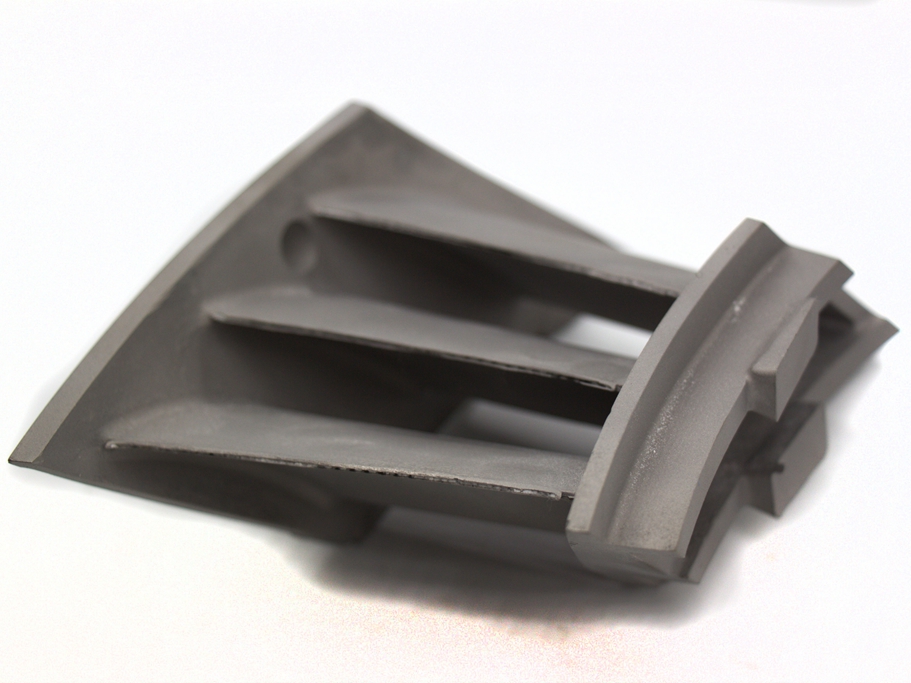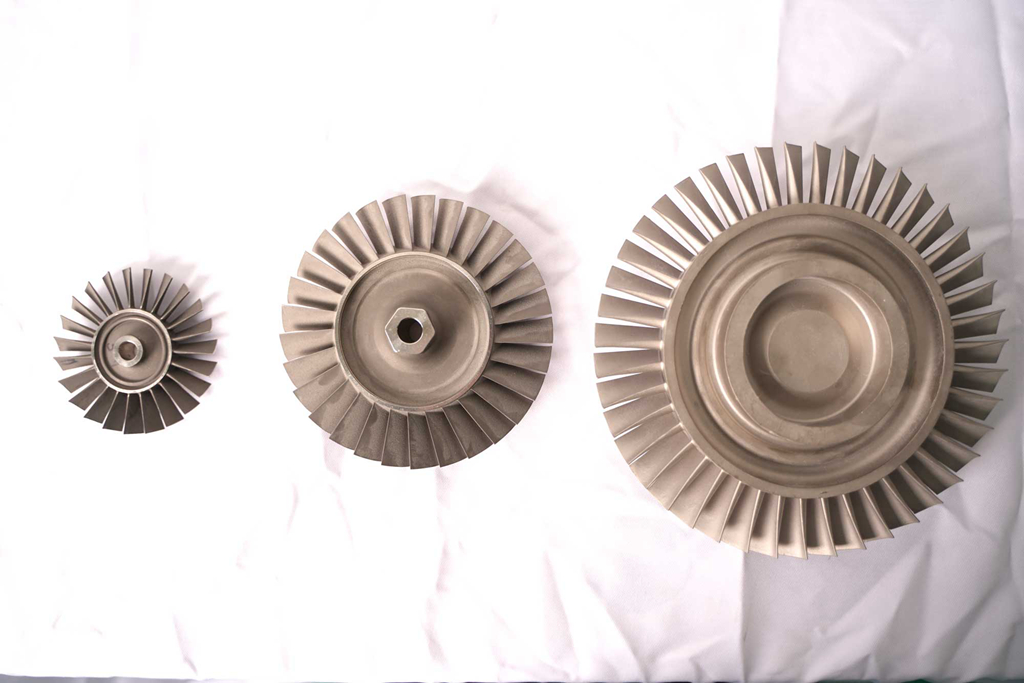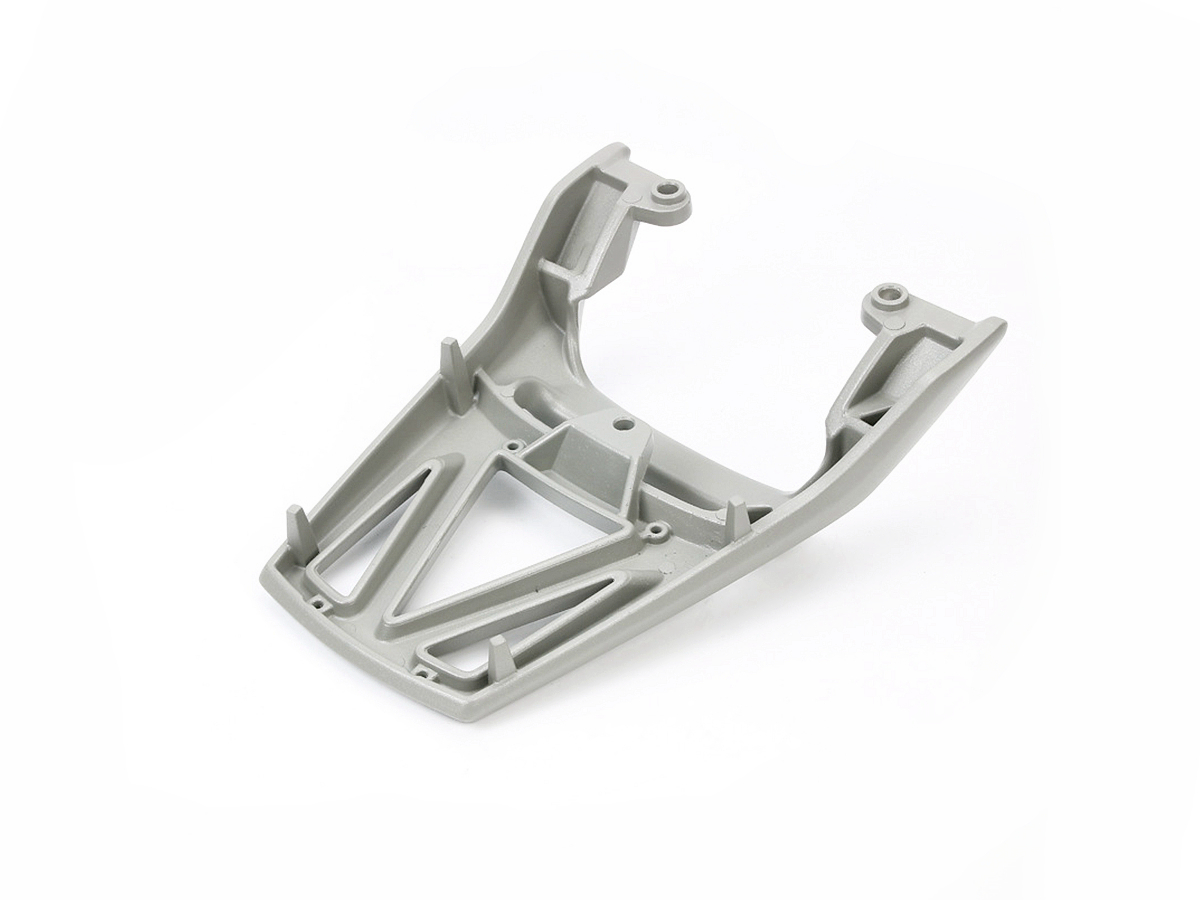Advanced Aerospace High-Temperature Component Manufacturing
Introduction to Aerospace High-Temperature Component Demands
In aerospace, engineering components that withstand extreme thermal and mechanical loads are non-negotiable. From turbine engine blades and combustion chambers to thermal protection systems on hypersonic vehicles, every part must endure conditions exceeding 1,000°C while maintaining dimensional stability and structural integrity.
These high-temperature components are expected to resist creep, oxidation, thermal cycling fatigue, and phase transformations during extended service at altitude and velocity. The materials and manufacturing processes must be optimized for performance, weight reduction, fuel efficiency, and regulatory compliance.
With the advancement of custom parts manufacturing, it is now feasible to produce structurally complex, thermally resilient parts tailored for mission-specific requirements. This progress directly supports the evolution of aerospace applications, including next-generation propulsion, satellite shielding, and atmospheric re-entry systems.
This blog explores the interplay between materials, manufacturing technologies, and thermal performance in aerospace-grade component production.

Material Challenges in Extreme Aerospace Environments
Aerospace high-temperature components face many environmental stresses: thermal gradients, oxidizing atmospheres, supersonic particulate erosion, and pressure-induced deformation. Selecting materials capable of meeting these challenges without significant degradation is critical.
Metals and superalloys dominate this application due to their thermal resistance and mechanical robustness. For example, nickel-based alloys such as Inconel 718, Haynes 188, and Rene 41 offer exceptional oxidation resistance above 1,000°C and maintain yield strength beyond 800 MPa at elevated temperatures. These are frequently used in combustor liners and turbine sections.
For near-zero creep deformation, titanium aluminides and cobalt-chromium alloys deliver optimized performance while reducing density and thermal conductivity. Ceramic matrix composites (CMCs) and ultra-high-temperature ceramics (UHTCs) like hafnium carbide are used in control surface leading edges, offering tolerance to >2,000°C with low ablation rates.
In recent projects, parts manufactured from Haynes 188 have demonstrated high oxidation stability for gas path structures, while Inconel 718 provides reliable creep performance in static load-bearing conditions. The use of Rene 41 is rising in cryogenic propulsion systems for its balance of tensile strength and weldability.
Besides metals, thermal and mechanical properties must be tuned through controlled porosity, heat treatment, and surface modification techniques. For instance, when dealing with re-entry vehicles or scramjet engine ducts, applying thermal coatings further enhances temperature endurance without compromising fatigue strength.
The ultimate goal is to ensure components meet mission durations without phase instability or dimensional drift. This requires precise knowledge of material performance across a range of pressure-temperature-time (P-T-t) profiles, with empirical validation through simulated aerospace cycles.
Advanced Processes for High-Temperature Aerospace Part Fabrication
Precision Casting for Superalloy Structures
Investment casting remains indispensable in fabricating aerospace parts with complex geometries and excellent surface finishes. It supports directional solidification and single-crystal growth, which are crucial for turbine blades operating under thermal gradients. During precision pouring, control over solidification rates allows the reduction of dendritic structures and internal porosity, improving thermal fatigue resistance.
In recent aerospace programs, single-piece cast titanium brackets and housings for high-pressure compressors have achieved dimensional accuracy within ±0.05 mm and surface roughness below Ra 1.6 μm. These geometrical and structural advantages directly translate into higher thermal fatigue life and load-bearing performance.
The investment casting process also supports refractory alloys like niobium and molybdenum-based materials, allowing aerospace engineers to push the thermal envelope while reducing weld joints and stress concentrators.
Metal Injection Molding of Complex Aerospace Geometries
In the miniaturized segments of aerospace systems—fuel nozzle tips, actuator pins, or cooling micro-channels—metal injection molding (MIM) offers unmatched shape complexity. This process is ideal for fabricating intricate parts from superalloys and titanium, where traditional machining becomes cost-prohibitive or geometrically unfeasible.
For example, MIM Ti-6Al-4V parts are used in UAV turbine assemblies and orbital maneuvering components due to their excellent strength-to-weight ratio and thermal stability up to 400°C. Post-sintered parts typically reach >97% theoretical density, with tensile strength exceeding 950 MPa.
Dimensional control in MIM allows tolerances within ±0.3% of length and surface finishes of Ra 1.2 μm without post-machining—ideal for engine-mounted components with tight envelope constraints.
Additive Manufacturing of High-Temperature Prototypes
The role of 3D printing prototyping in aerospace development is growing rapidly, particularly for design validation and short-run production of thermally loaded parts. Additive processes such as DMLS and EBM allow freedom in internal channel design, weight optimization, and rapid iteration cycles.
One prominent alloy for such applications is Hastelloy X, which offers resistance to oxidizing atmospheres and excellent thermal fatigue performance at temperatures up to 1,200°C. Its application in afterburner parts and flame holders has demonstrated consistent mechanical performance under cyclic thermal stress.
These advanced manufacturing techniques reduce lead time and tooling costs and enable real-time response to evolving mission requirements in aerospace programs.
Surface Treatments to Extend Thermal Life
Thermal Barrier and Protective Coatings
Thermal protection of aerospace components extends far beyond base material selection. Surface engineering—specifically applying thermal barrier coatings (TBCs)—is essential to increase operating temperature thresholds and service life. TBCs, typically based on yttria-stabilized zirconia (YSZ), act as insulating layers that reduce heat flow to metallic substrates, delaying oxidation, creep, and microstructural fatigue.
For turbine blades, combustor liners, and nozzle guide vanes, plasma-sprayed or electron-beam physical vapor-deposited coatings can reduce surface temperatures by as much as 150°C. This allows the substrate to operate within material-safe limits even when gas path temperatures exceed 1,200°C.
A deep dive into thermal barrier coating solutions shows that multi-layer systems—incorporating bond coats and topcoats—achieve superior adhesion, oxidation resistance, and thermal cycle stability. These coatings have proven particularly effective in reusable aerospace platforms, reducing thermal stress-induced failure rates by over 30%.
In parallel, specific non-stick and corrosion-resistant layers such as Teflon coating are used in ancillary aerospace hardware—valves, connectors, and sensor housings—to provide thermal protection without sacrificing electrical insulation or surface functionality.
Controlled Heat Treatment for Structural Optimization
While coatings protect external surfaces, internal microstructure must also be tuned for high-temperature exposure. Controlled heat treatment processes like solutionizing, aging, and homogenization directly influence grain boundary stability, residual stress profiles, and phase distribution.
In aerospace-grade Inconel and titanium parts, double-age hardening cycles have been shown to boost fatigue strength by 20% and reduce creep rate under 700°C load conditions. Precise furnace programming—time-temperature combinations and inert gas atmospheres—ensures consistent mechanical property development across batches.
This step is particularly crucial for castings and MIM parts, where inherent segregation or porosity must be minimized before final machining and coating. When coupled with surface engineering, thermally treated components exhibit enhanced cyclic stability and longer inspection intervals, supporting aerospace design goals of safety, reliability, and maintainability.
Precision Inspection and Validation in Aerospace
Coordinate Measuring Systems for Dimensional Accuracy
High-temperature aerospace components often undergo distortion due to thermal cycling, residual stress, and mechanical loading. Verifying that these components retain dimensional conformance post-processing is crucial. Coordinate measuring machines (CMM) provide precise 3D inspection down to micron-level resolution, allowing verification of tolerance zones, feature positions, and surface profiles.
For turbine discs and hot-section casings, dimensional shifts as small as 0.02 mm can influence vibrational modes and fatigue life. Using multi-axis touch-trigger probes and scanning heads within automated CMM inspection routines supports both in-process and post-process validation.
Modern aerospace manufacturers integrate CMM feedback into digital twins and CAD models, enabling proactive design updates and continuous feedback loops for tooling corrections.
GDMS for Ultra-Trace Elemental Certification
Chemical purity in aerospace alloys directly impacts high-temperature creep, oxidation behavior, and intergranular corrosion. Glow Discharge Mass Spectrometry (GDMS) enables the detection of trace contaminants—such as phosphorus, sulfur, or oxygen—down to parts-per-billion (ppb) levels.
This capability is essential for certifying materials used in critical environments such as propulsion systems or heat exchangers, where even minor impurity levels can initiate premature failure.
By using GDMS analysis, manufacturers can document the complete traceability of feedstock and validate conformity to stringent aerospace material standards such as AMS 5662 or ASTM F75. GDMS also enables batch segregation before heat treatment or coating, ensuring only qualified material proceeds downstream.
Fatigue Testing for Load-Bearing Applications
Dynamic and static fatigue validation is mandatory for components subjected to cyclic stresses in extreme thermal environments—landing gear pins, exhaust joints, or combustor shells. Fatigue properties such as S-N curves, crack growth rate, and notch sensitivity are established through cyclic loading under temperature-controlled chambers.
Advanced fatigue testing protocols simulate flight-relevant duty cycles, including ramp-up, hold, and rapid cool-down stages. Results feed directly into finite element models (FEM) and damage tolerance evaluations, supporting aerospace qualification programs like DO-160 and MIL-STD-810.
These tests also identify material anomalies, such as inclusions or porosity, that might have passed nondestructive inspection (NDI) yet compromise long-term performance.
By integrating high-resolution inspection with empirical fatigue data and traceable elemental analysis, aerospace manufacturers build a robust quality assurance system tailored to mission-critical performance.
Conclusion
In aerospace engineering, developing high-temperature components requires a synergy of materials science, advanced manufacturing, and rigorous quality control. From selecting superalloys and ceramics tailored for extreme environments to integrating precision fabrication processes like metal injection molding, investment casting, and additive manufacturing, each step plays a pivotal role in ensuring mission success.
Surface enhancement strategies—such as thermal barrier coatings and high-temperature heat treatments—extend operational lifespans and maintain performance in thermally aggressive conditions. Equally important are dimensional inspection tools, ultra-trace elemental analysis, and fatigue validation, all of which work together to guarantee compliance with the most demanding aerospace specifications.
By embracing these technologies in a cohesive workflow, manufacturers can deliver components that meet and exceed expectations for reliability, thermal stability, and structural integrity. As aerospace platforms evolve to accommodate higher speeds, longer flight durations, and more aggressive environments, the ability to engineer and verify high-temperature components becomes a defining competitive advantage.



